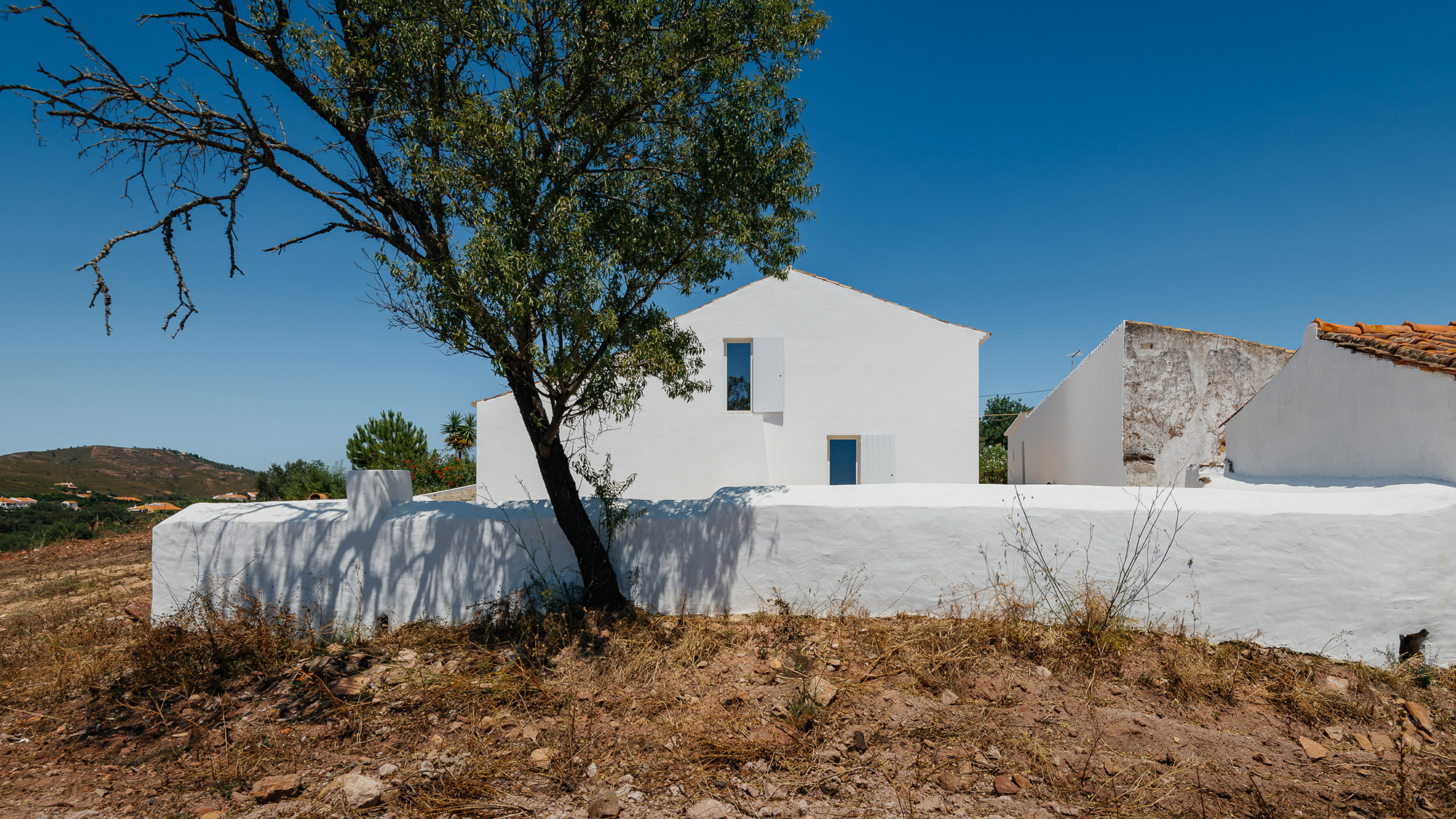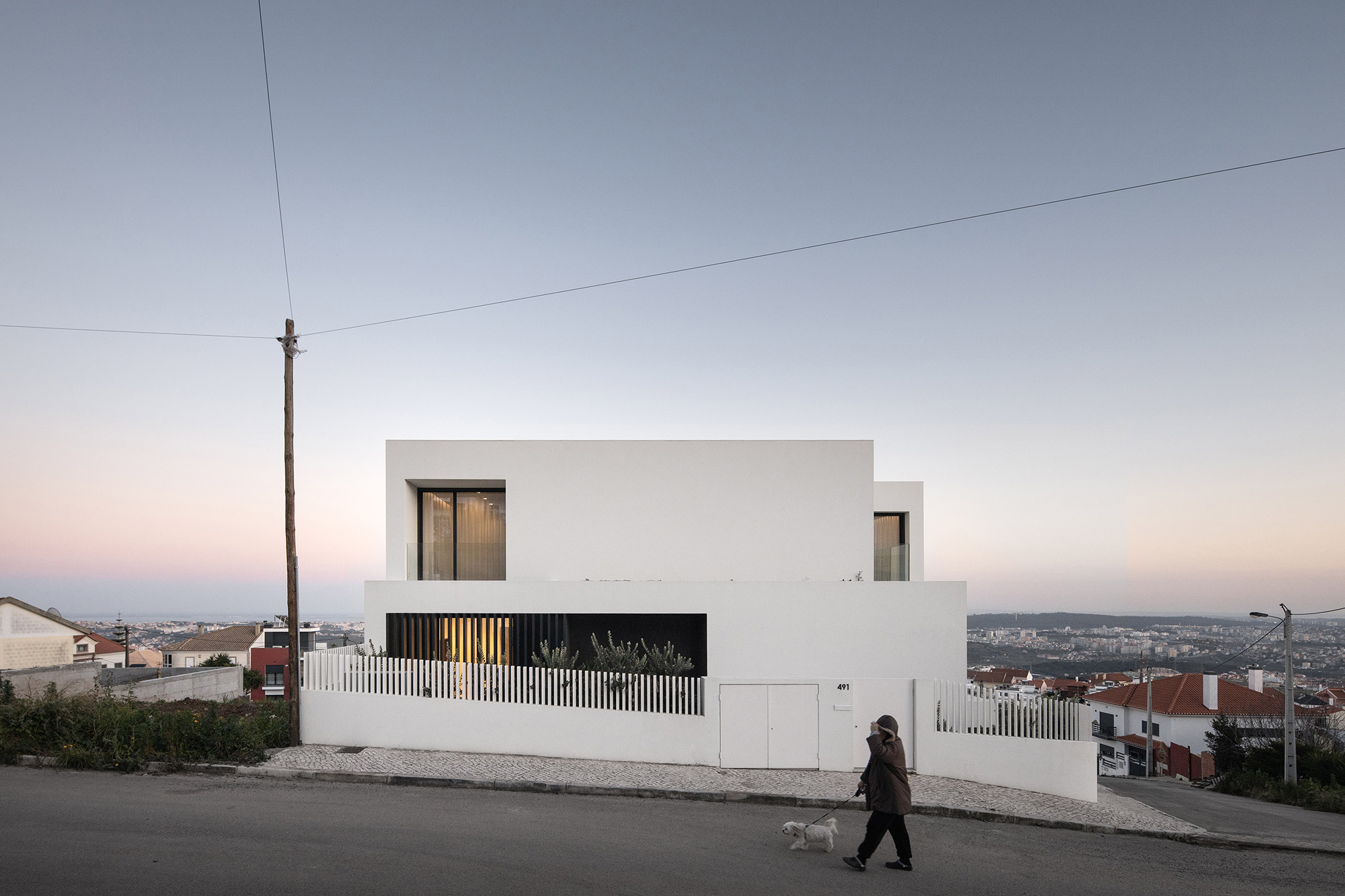BY LUKE AREHART
With its location near the confluence of two rivers, Portland has always been a natural location for floating homes. And while many floating homes along the Willamette or Columbia may be utilitarian, others have been designed by noted local architects, such as Robert Oshatz. Yet these projects also sometimes attract non-architects with design savvy in related professions, as is the case with the striking Aqua Star residence, which was sold last year and has been called iconic for its shiny aluminum cladding.
The nearly 3,000 square-foot, three bedroom Aqua Star residence was designed and built in 1984 by Buzz Gorder, a local designer and creative director focused on event-based exhibit spaces and products (whose clients include Nike), with assistance from Portland architect Larry Hart. Seen on the “Portlandia” TV show as well as HGTV’s “Extreme Homes,” its forms and voids are carved out using high-grade corrugated and anodized aluminum. The home exists less as a place of whimsy, and more as a place of family and soul.
For years it has occupied a site along the Willamette River south of downtown, near the Oaks Amusement Park. Prior to its move upstream to a new site on the Columbia River, Gorder designed a renovation for its new owner. Despite being moved, the home seems so knitted to its surrounding that they become one.
Recently I sat down with Buzz Gorder in hopes of learning about its striking façade and his initial design of the Aqua Star.
Portland Architecture: What was your thought process when putting pencil to paper to design this piece of architecture?
Buzz Gorder: The first intention was to create a nice piece of sculpture: some shape that really would reflect a lot of where we live and what we're doing here in the Northwest. By using the anodized aluminum, we wanted to pick up as much light as possible because this material changes colors throughout the day. When the sun is coming up and going down, all the downtown buildings turn gold, and the reflection is like gold bars coming down this river right at us. The house was always in a midst of color changes especially in different seasons.
When we first drew the plan out, I put Aqua Star on it because it's kind of like naming a product. The name's got to reflect what the product delivers. That's kind of exciting. Everybody said, "Aqua Star." I said, "Yeah, man. It's on the water, and it's bright like a shining star.”
A recent visit to the Aqua Star (Luke Arehart)
I think every morning, you wake up here, you feel good. It kind of brings you alive and makes a good direction for the day to start.
How did you continue to explore that space you were creating in plan and elevation?
I was trying to combine the upper and lower spaces, so you don't feel like you've gone somewhere else separate from the main spaces. When you walk around upstairs it gathers you up there from down here by just leaving the interior balcony and atrium open.
I felt like you don't have to live small to live in a tight space. You can still have the feeling of grandeur, and bigness. There’s room for our yearly 12-foot Christmas tree. I think of all the houses down here on the Willamette River, Robert Oshatz's Wave residence is probably the closest one that deals in expansive spaces. Some other homes can feel a little bit like you're on a limited flow.
I drew the design for this house at three in the morning. I knew what I wanted it to kind of to look like, and it was about 90% true to plan in final construction when it was done.
Gorder's original Aqua Star drawings (Luke Arehart)
How did you choose this material?
I grew up in the Midwest, in Minnesota. When farmers built their silos, they’d use a barrel vault between them. They built the barrels for the Aqua Star in a little town in Illinois, 40 miles outside of Chicago. I called them up and told them the size I wanted. Coincidently, we had a semi-truck back in Chicago, at a national sporting goods show with Nike and on the way back, we had enough room in the truck to pick them up and bring them back to Portland. They were made in 15-inch pieces, and they earned a patent on the process of how they slid them together.
In relation, we developed and built a 10,000 square foot exhibit for Nike. It was made all out of stainless, anodized, and corrugated aluminum. It was a wild material choice because nobody was using any of that stuff except [Frank] Gehry.
The Aqua Star seen from above (Cascade Sotheby's International Realty)
How did you create the form?
The radii are all kind of soothing. When you're in here, you just feel how the radius informs the different forms and programs inside. Where they're fluted, they're made that way to roll.
The whole house is sitting perpendicular to the flow of the river. In the house, it's at a 33 degree angle. It creates all these really neat little indentations, like where our tree is potted outside. As you go around the house, the form comes in and comes out. So, inside and outside, it creates all these neat and dynamic spaces. It creates the same shape that shapes the house, creates the shape for the inside. And it creates all these kinds of neat areas, too, for sculpture or whatever.
We skirted the house with the same material so it kind of looked like it's sitting on the water with all the metal. Some floating homes have a beautiful top deck, but you see all the structure underneath it, that’s where we skirted it; so, it looks like it's something that would move/float on the water. When you see it on the water, the way it reflects the water, it seems like it belongs here.
The Aqua Star puts residents right on the water (Cascade Sotheby's International Realty)
Any Aqua Star moments you especially recall?
We've entertained the Flying Angels twice, both times when they flew in Portland. The guy that did the airshow asked me if we could have a party for the Blues down here because they wanted somewhere unique. We picked them up downtown in our old antique speedboat, brought them down here, and then they had a catered party.
When Robbie Knievel jumped in Portland to beat his dad's record, my company had the opportunity to build the jump because it had to be brought out onto the track. The minute he did his jump, it had to be moved away. We had to build it like an exhibit. The Knievels ended up staying down here twice.
Its ribbed aluminum helps Aqua Star a beacon absorb and refract light (Luke Arehart)
If you were to present this design in architecture school, what would your opening thesis be?
Don't be afraid to express yourself. Never hold the pencil too tightly. When you squeeze the pencil, your brain squeezes. You've got to have light hands; everything comes together with light hands. Like when writers experience writer's block sitting there looking at that blank piece of paper: just let her go, man.
That's the way this house started out being a freeform, thinking about light and spaces, and then putting an envelope over them, capture all these spaces with neat light and a great shape over the top.
This house is about light, water, and structure because there's really no land. It's a different palate, you're dealing with reflection and structure. It's a little unique in that you don’t necessarily take the land into consideration.
Advertisements





